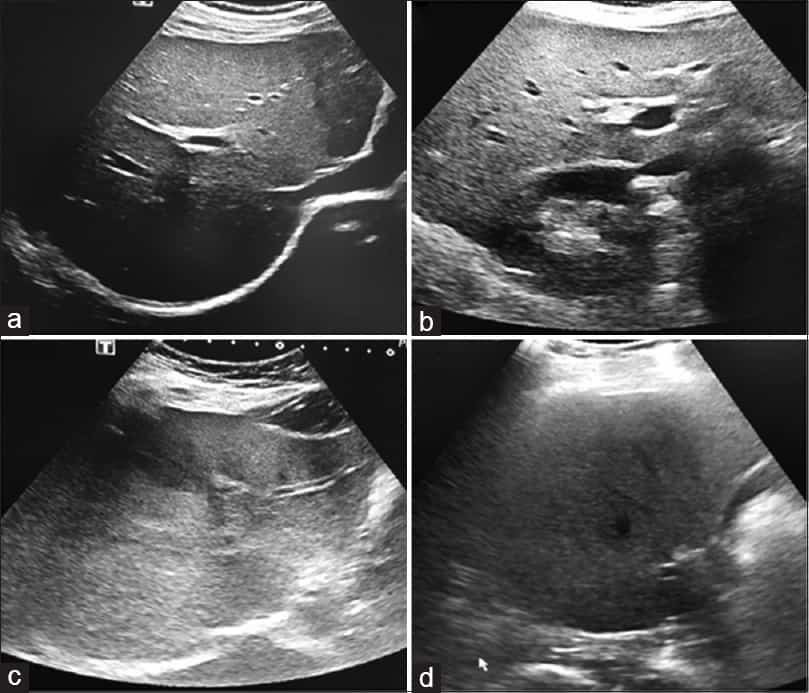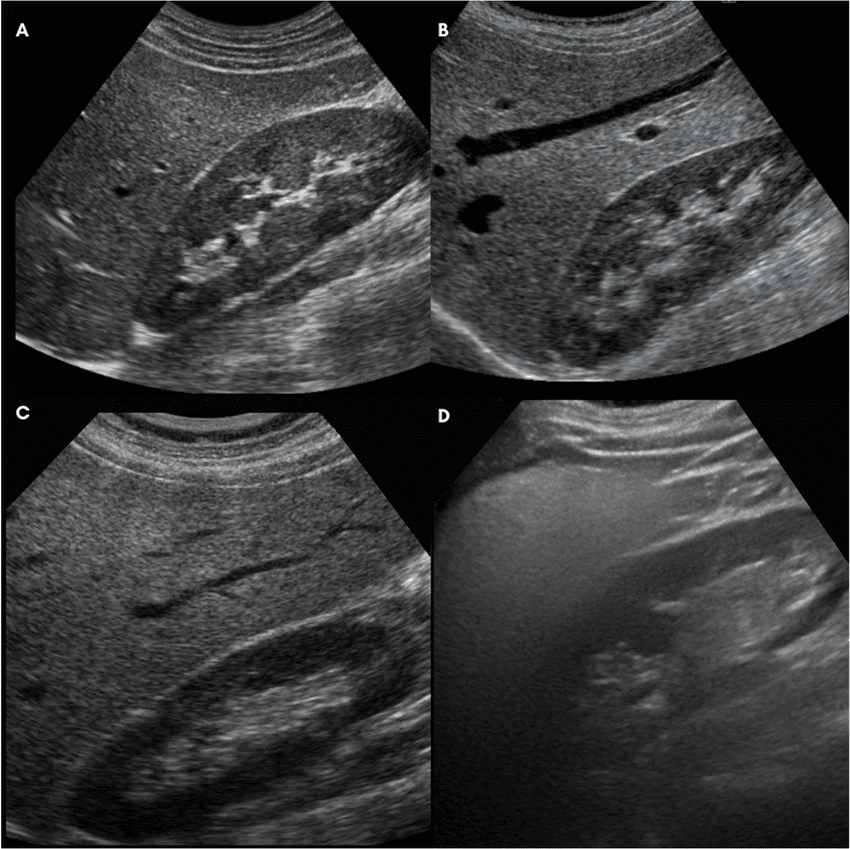Fatty liver disease, also known as hepatic steatosis, is a common condition that occurs when excess fat builds up in the liver. It can be caused by a variety of factors, including obesity, high cholesterol, and alcohol consumption. One way doctors diagnose fatty liver disease is through a liver ultrasound, which can provide valuable information about the extent and severity of the disease.
Fatty liver ultrasound grading is a system used by doctors to classify the degree of fat accumulation in the liver. In this article, we’ll take a closer look at fatty liver ultrasound grading, how it works, and what it means for your health.
What is Fatty Liver Ultrasound Grading?
Fatty liver ultrasound grading is a system used by doctors to classify the degree of fat accumulation in the liver based on ultrasound imaging. The grading system is typically based on a scale of 0 to 3, with 0 indicating no visible fat in the liver and 3 indicating severe fat accumulation.
The grades are determined by the amount of liver tissue affected by fat, as well as the pattern of fat accumulation within the liver.
Here is a breakdown of the four grades of fatty liver ultrasound grading:
- Grade 0: No visible fat in the liver
- Grade 1: Mild fat accumulation, typically less than 33% of liver tissue affected
- Grade 2: Moderate fat accumulation, typically between 33% and 66% of liver tissue affected
- Grade 3: Severe fat accumulation, typically greater than 66% of liver tissue affected
How is Fatty Liver Ultrasound Grading Performed?
Fatty liver ultrasound grading is typically performed using a standard ultrasound imaging technique. During the procedure, the patient lies on their back while a small, handheld device called a transducer is moved over the abdomen.
The transducer emits high-frequency sound waves, which bounce off the liver and other organs and create an image on a computer screen.
The ultrasound image can provide valuable information about the extent and severity of fat accumulation in the liver. In addition to grading the amount of fat, the ultrasound may also reveal other characteristics of fatty liver disease, such as the presence of liver inflammation or scarring.
Comparing Different Fatty Liver Ultrasound Grading Systems
There are several different grading systems used to assess fatty liver disease on ultrasound, including the following:
- The American College of Radiology (ACR) grading system: This system uses a scale of 0 to 3 to classify the degree of fat accumulation in the liver.
- The Hamaguchi scoring system: This system takes into account the patient’s body mass index (BMI), waist circumference, and other factors in addition to the degree of fat accumulation on ultrasound.
- The Kleiner scoring system: This system is used in liver biopsies to grade the severity of nonalcoholic fatty liver disease (NAFLD), and can also be used in conjunction with ultrasound imaging.
While each system has its own strengths and weaknesses, they all aim to provide a standardized and objective way to grade the severity of fatty liver disease on ultrasound. Your doctor will determine which grading system is most appropriate for your individual needs based on your medical history, symptoms, and other factors.
Conclusion:
Fatty liver ultrasound grading is a useful tool for assessing the severity of fatty liver disease and monitoring disease progression over time. By providing an objective measure of the amount of fat in the liver, the grading system can help doctors make an accurate diagnosis and determine the most appropriate course of treatment.
If you have concerns about your liver health, talk to your doctor about whether a liver ultrasound and fatty liver ultrasound grading may be appropriate for you. With proper management and lifestyle changes, many cases of fatty liver disease can be effectively treated.
Originally posted 2023-05-06 16:52:09.



